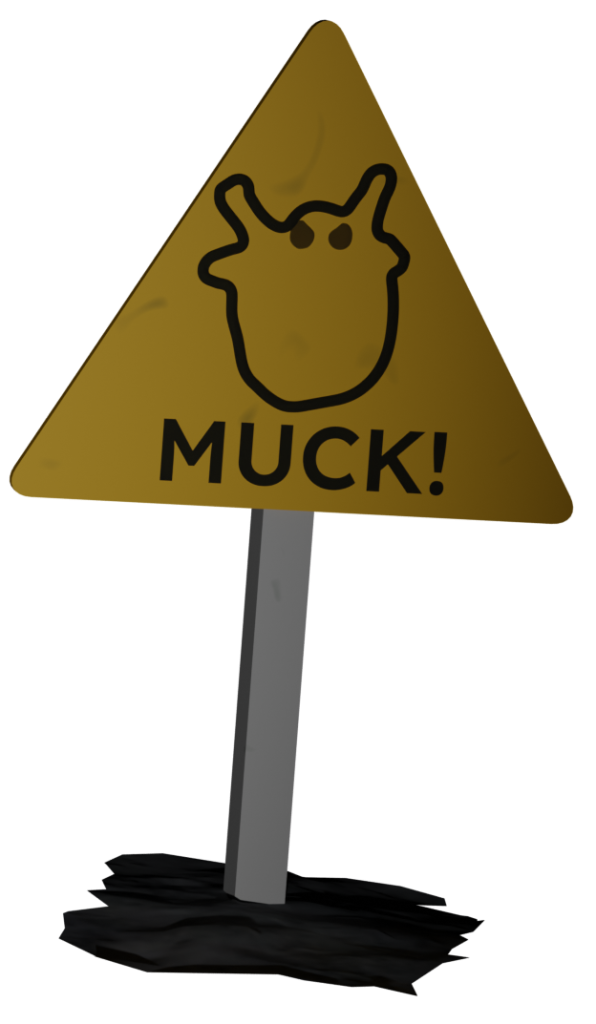Disjointed systems holding you back?
In this article, we’ll uncover who Systems Muck is, how he plants the seeds of havoc, and—most importantly—how to get him to move on for good.
Software’s eating the world. Technology is the backbone of success. Wielded properly, it streamlines operations, enhances productivity, and drives growth.
Yet, lurking beneath the surface of most organizational digital ecosystems is a disorganized, chaotic drab-green blob that thrives on incongruence and inefficiency.

Picture this
It’s Thursday, but every day feels like a Monday. You have two hours to send The Very Important Decision report but two inputs say completely different things.
You usually trust Accounting’s numbers first, but could this be related to their corrupted spreadsheet earlier in the week?
Fragmented data seems to be vomited across an opaque-green cloud. Siloed information suffers from data drift as it moves. Potential security leaks open up all the time. Endless subscription fees creep into employee expense reports.
Stressful, right? That’s Systems Muck doing his thing.
Who is Systems Muck?
Systems Muck is the uninvited guest at your organization’s tech party and otherwise creeps in further and further, elbows-up, when you’re not looking.
Here’s how you identify him:
Systems Muck loves it when, with an impulsive reaction, you put a band-aid on an issue, rather than fixing the problem at its source. He’s the reason why your systems don’t communicate and, why your employees are frustrated. He refers to your most disgruntled customers by nick–name.
And let’s not forget the emotional toll. Systems Muck leaves you feeling (pick a few):

The impact of Systems Muck
Systems Muck doesn’t just create chaos; having him around has profound consequences for your organization.
Here are four areas where Systems Muck manifests his tentacles within your organization:

Getting rid of Systems Muck isn’t just about reducing chaos—it’s about creating a better future for your organization.
Imagine:
The effort to eliminate Systems Muck is truly an investment into a smoother, more productive, and ultimately more successful organization.
Want to know more?
Connect with us if you’d like to know how Creative Sparq will get rid of Systems Muck by organizing your information in your technology, making your businesses “Sparqle”.





